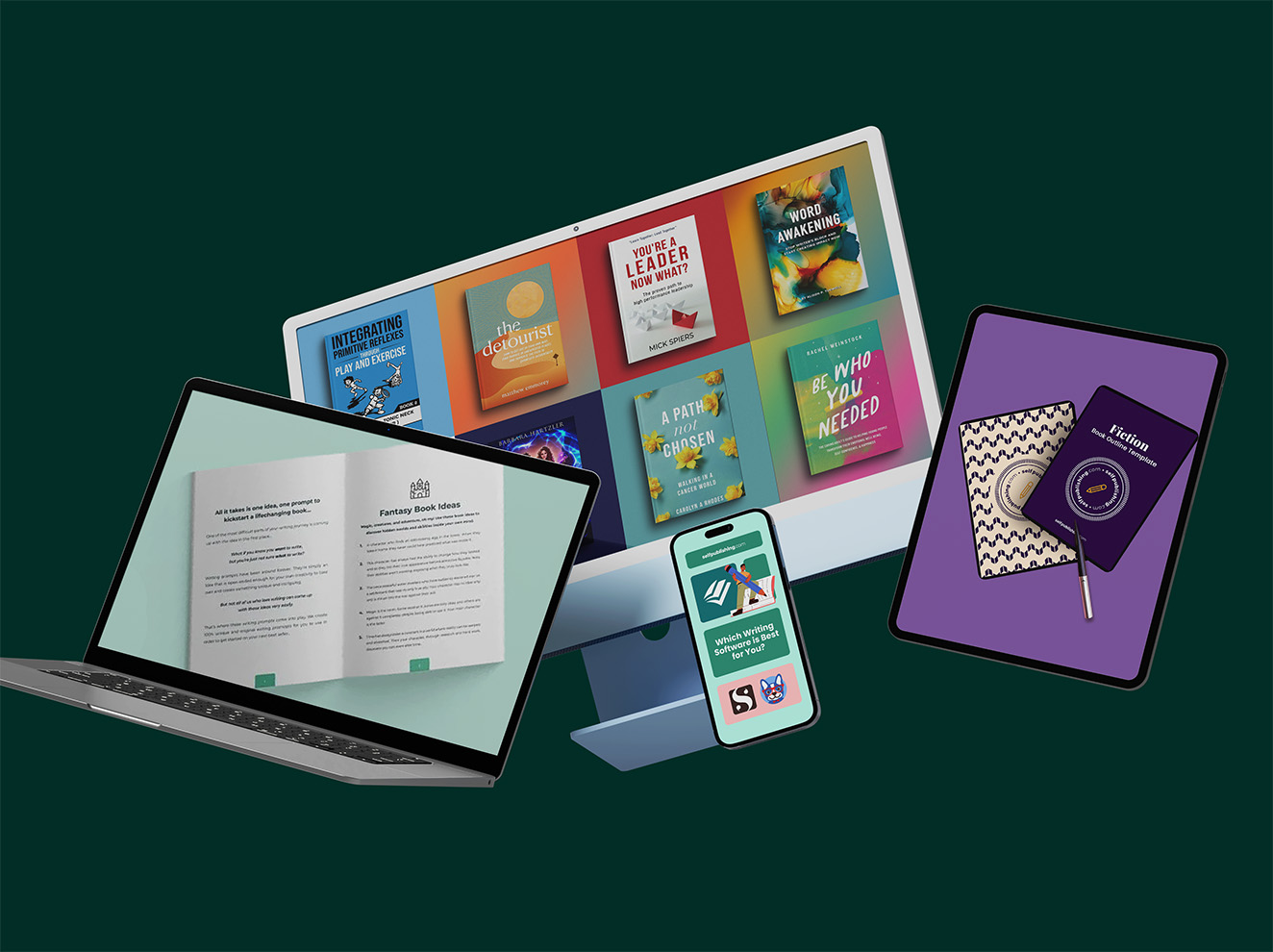404 error
Every great book starts with a blank page!

It seems you’ve stumbled onto one of ours. Let’s write a better ending—return to our homepage or check out our blog for the best self-publishing support on the internet.
Programs
Dive in to learn all about our programs.
Our Blog
Read the latest posts on our blog.
Resources
Check out our free resources.
Free Tools & Resources
Take Our Quiz: Find out which publishing company is right for you!
Book Title Generator: Get endless ideas in seconds.
Done-for-you Nonfiction Book Outline: Start writing, faster.
dsdfad
Free Copy of Published. Get the bestseller that's helped create 1000s of bestsellers!
dsdfad




















